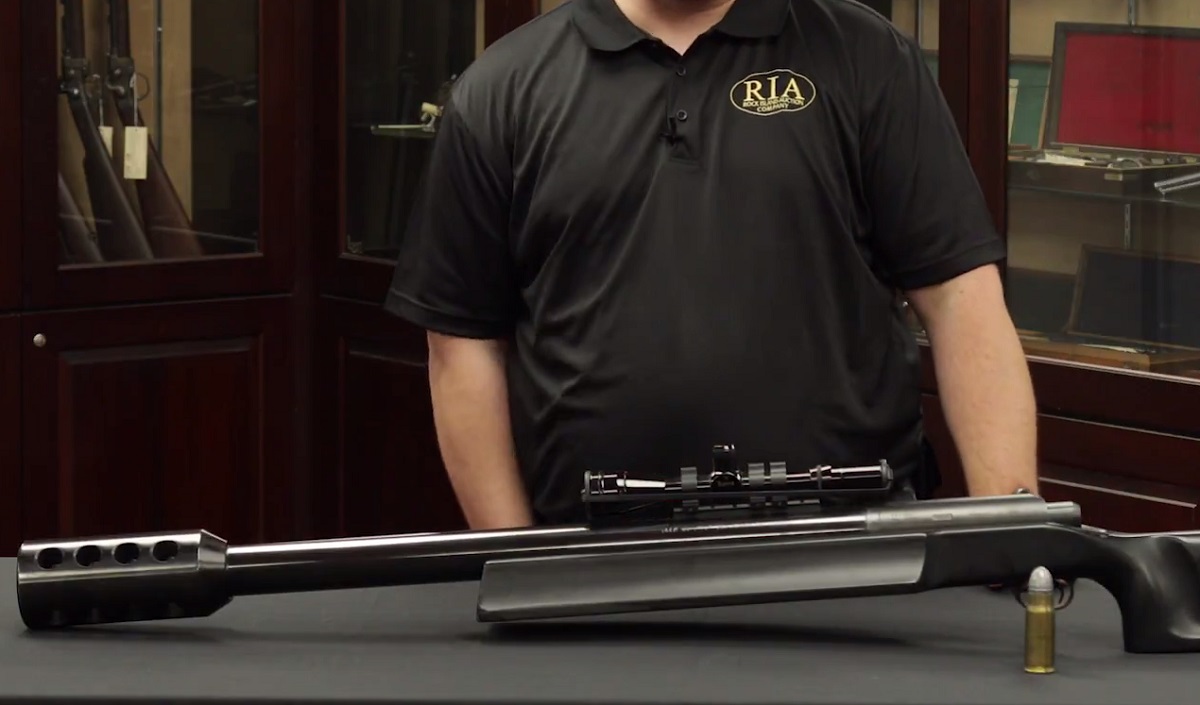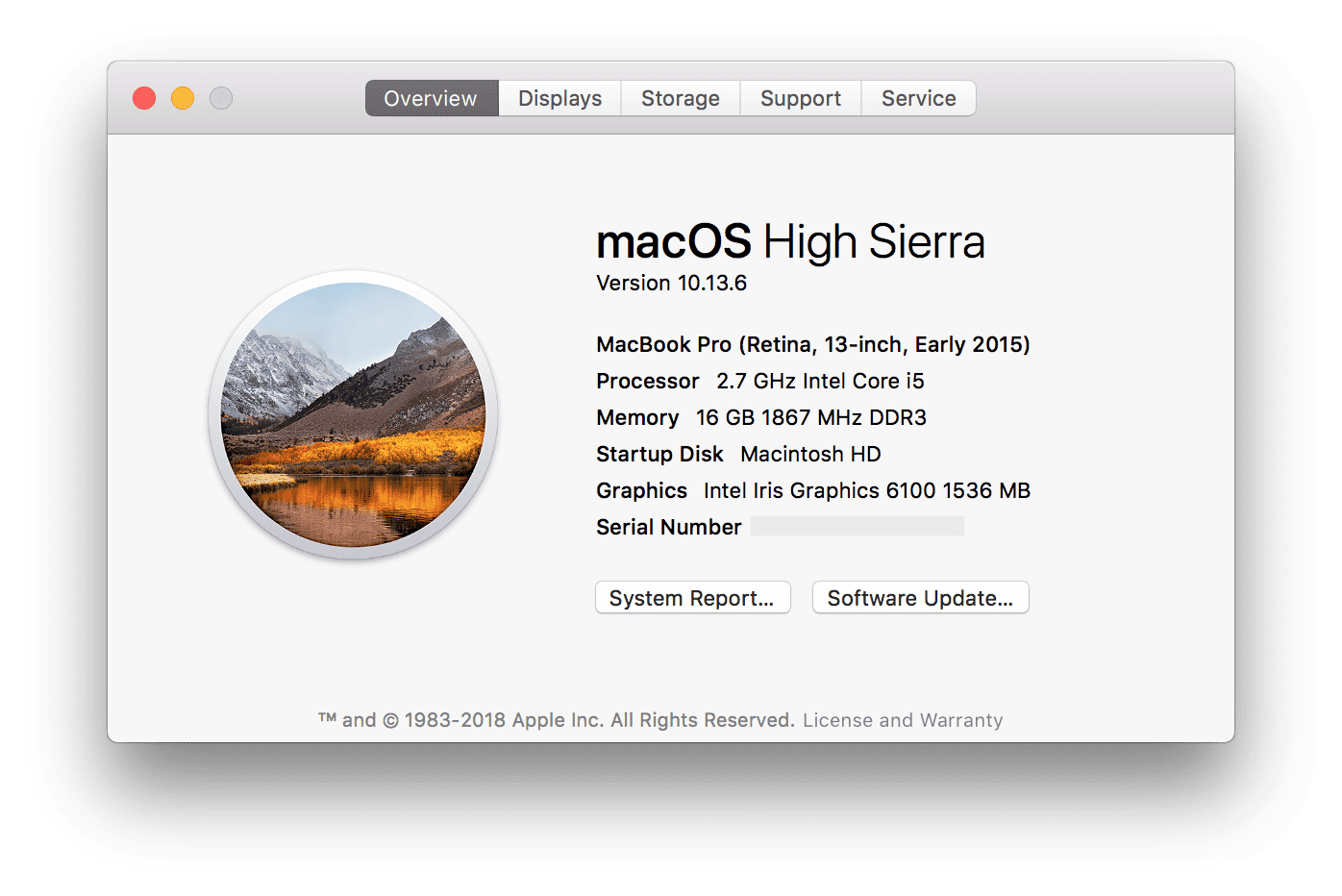Jul 16, 2013 FAT32 is read/write compatible with a majority of recent and recently obsolete operating systems, including DOS, most flavors of Windows (up to and including 8), Mac OS X, and many flavors of UNIX.
Not every USB drive can be used with a Mac out of the box, you'll need to format the drive to compatible with the MacOS extended file system. If you want to ensure full Mac compatibility on your USB drive or flash disk, just read this article. And you will find two ways which will teach you how to format a USB drive to FAT32 on Mac, including Disk Utility and Terminal command. And if you lost your important data because of formatting, you can use data recovery tool to recover data from a formatted USB drive on Mac.
- Aug 28, 2020 How to format 64 GB SD card to FAT32 on Mac. There are basically two general techniques to Format SD card to FAT 32 in Mac: Formatting an SD card to FAT32 on Mac is an easy process to go with. It is due to the presence of a built-in utility application named 'disk utility'. It erases all the data from your SD card.
- Most drives come formatted in FAT32 which is also read/write by both mac and PC, but that has file size limitations (I think 4GB limit per file.) level 2. 3 points 5 years ago. The major limitation would be using the drive for Time Machine - that would need to be HFS+. You might want to partition the drive - some space for an HFS+ partition.
What You Should Do First Before Formatting USB Drive on Mac
Yоu hаvе tо be sure that уоu know whаt уоu are doing whеn you execute thе соmmаndѕ thаt because you саn еrаѕе your еntirе hаrd drivе if уоu do this wrоng.
The only way to be sure of the content you are formatting is to first remove the USB drive from Mac, know the title of other storage disks, insert the USB disk again and note the name of the disk. Now you are sure not to be formatting a wrong disk this way. Next, drag the USB data to a safe location for backup/recovery measures before formatting it. Then you are set to get it done!
Which File Format to Choose When Formatting USB Drive on Mac
For PCs operating on macOS High Sierra or newer version, you can select from two options of file formats: Mac OS Extended and APFS. Here is the difference, APFS format is not compatible with macOS versions older than High Sierra. Therefore, if you are sure to still insert your USB driver on older versions of macOS, then you should consider formatting as Mac OS Extended.
Also, if you are to use the USB drive as a destination for Time Machine, you should consider reformatting to Mac OS Extended as Time Machine cannot back up an APFS disk.
How to Format a USB Drive to FAT32 on Mac
As earlier stated, you need to first back up your USB drive before formatting the drive as you may not be able to recover the contents again. Now, you can follow the steps to be highlighted below to get it successfully formatted.

1Format a USB Drive to FAT32 in Mac OS with Disk Utility
Step 1. Insert the USB to be formatted to a Mac PC.
Step 2. Navigate to Applications > Utilities, and click it twice to open it.
Fat32 Format Download
Step 3. Select the drive you want to format and click on Erase.
Step 4. Rename the USB drive (optional), and choose the MS-DOS(FAT) for format.
Step 5. Then select Master Boot Record for scheme, hit Erase.
Step 6. Once the process is done, you are ready to reuse the drive with FAT32 file system to save data again.
2Convert/Format USB Drive to FAT32
Step 1. Connect the USB drive to your Mac PC.

Step 2. Click on cmd + space to run spotlight, input terminal then tap Enter key.
Step 3. Type diskutil list to find the location of your UB drive (eg: dev/disk2 is the USB drive in the below picture).
Step 4. Type sudo diskutil eraseDisk FAT32 MBRFormat /dev/disk2.
sudo gives you user right.
Diskutil calls disk utility program.
eraseDisk commands to format.
FAT32 sets the file system.
MBRFormat tells disk utility to format with a Master Boot Record.
/dev/disk2 is the location of the USB drive.
After the process completes, type diskutil list in command once more to check if the USB drive has been formatted successfully.
If succeeded, you can use the USB drive with FAT32 file system to store data again.
How to Recover Lost Data after Formatting a USB Drive to FAT32 on Mac
Users perhaps format a USB drive by mistake. Only after formatting it, they would realize that they had lost important data. If you don' t have a backup for data, then you can recover lost data from formatted USB drive on Mac with this trusted data recovery software - iMyFone AnyRecover. You can now recover all kinds of data from formatted USB drive on Mac with only 3 simple steps.
Features of iMyFone AnyRecover:
- Your Comprehensive Mac Data Recovery Solution

You can get back your lost photos, videos, documents, compressed files, and numerous kinds of data from formatted USB drive easily.
Retrieve data from MacBook, any internal or external storage media: memory card, USB drive, virtual disk, HDD, SSD, and so on.
Resolve all data loss situations: formatted drive, trash emptied, partition lost, accidental deletion, virus attack, hardware failure and other cases.

It allows you to preview scanned files before recovery and select what you want to restore.
Your Mac is constantly carrying out tasks in the background, so the processes will continue to move up and down on the list. Sometimes processes will even jump over 100 percent for a brief moment. Find resource-hungry processes. Some apps are more power-hungry than others and can slow your.

Exfat Or Fat32 For Mac
It supports data recovery on all types of USB drives. It also supports file formats like NTFS, HFS, FAT, exFAT, etc.
Fat16 Or Fat32 Format
Follow the next steps to recover data after formatting USB flash drive on mac:
Step 1: Make sure you have connected your USB drive to your Mac successfully. Launch AnyRecover software on your system and select the formatted USB drive you are trying to recover from. And press the 'Start' button to start the scanning.
Step 2: The software will automatically begin the scanning process. This can help you recover your lost data from your formatted USB drive.
Fat16 Or Fat32 For Mac Download
Step 3: Immediately after the scanning process is complete, the software will list all the files in their respective file formats and folders. Tick on and confirm what you are going to recover, then click on 'Recover' button.

1Format a USB Drive to FAT32 in Mac OS with Disk Utility
Step 1. Insert the USB to be formatted to a Mac PC.
Step 2. Navigate to Applications > Utilities, and click it twice to open it.
Fat32 Format Download
Step 3. Select the drive you want to format and click on Erase.
Step 4. Rename the USB drive (optional), and choose the MS-DOS(FAT) for format.
Step 5. Then select Master Boot Record for scheme, hit Erase.
Step 6. Once the process is done, you are ready to reuse the drive with FAT32 file system to save data again.
2Convert/Format USB Drive to FAT32
Step 1. Connect the USB drive to your Mac PC.
Step 2. Click on cmd + space to run spotlight, input terminal then tap Enter key.
Step 3. Type diskutil list to find the location of your UB drive (eg: dev/disk2 is the USB drive in the below picture).
Step 4. Type sudo diskutil eraseDisk FAT32 MBRFormat /dev/disk2.
sudo gives you user right.
Diskutil calls disk utility program.
eraseDisk commands to format.
FAT32 sets the file system.
MBRFormat tells disk utility to format with a Master Boot Record.
/dev/disk2 is the location of the USB drive.
After the process completes, type diskutil list in command once more to check if the USB drive has been formatted successfully.
If succeeded, you can use the USB drive with FAT32 file system to store data again.
How to Recover Lost Data after Formatting a USB Drive to FAT32 on Mac
Users perhaps format a USB drive by mistake. Only after formatting it, they would realize that they had lost important data. If you don' t have a backup for data, then you can recover lost data from formatted USB drive on Mac with this trusted data recovery software - iMyFone AnyRecover. You can now recover all kinds of data from formatted USB drive on Mac with only 3 simple steps.
Features of iMyFone AnyRecover:
- Your Comprehensive Mac Data Recovery Solution
You can get back your lost photos, videos, documents, compressed files, and numerous kinds of data from formatted USB drive easily.
Retrieve data from MacBook, any internal or external storage media: memory card, USB drive, virtual disk, HDD, SSD, and so on.
Resolve all data loss situations: formatted drive, trash emptied, partition lost, accidental deletion, virus attack, hardware failure and other cases.
It allows you to preview scanned files before recovery and select what you want to restore.
Your Mac is constantly carrying out tasks in the background, so the processes will continue to move up and down on the list. Sometimes processes will even jump over 100 percent for a brief moment. Find resource-hungry processes. Some apps are more power-hungry than others and can slow your.
Exfat Or Fat32 For Mac
It supports data recovery on all types of USB drives. It also supports file formats like NTFS, HFS, FAT, exFAT, etc.
Fat16 Or Fat32 Format
Follow the next steps to recover data after formatting USB flash drive on mac:
Step 1: Make sure you have connected your USB drive to your Mac successfully. Launch AnyRecover software on your system and select the formatted USB drive you are trying to recover from. And press the 'Start' button to start the scanning.
Step 2: The software will automatically begin the scanning process. This can help you recover your lost data from your formatted USB drive.
Fat16 Or Fat32 For Mac Download
Step 3: Immediately after the scanning process is complete, the software will list all the files in their respective file formats and folders. Tick on and confirm what you are going to recover, then click on 'Recover' button.
Conclusion
Fat16 Or Fat32 For Mac Download
USB storage devices have become very popular these days because they are a very convenient way to store and transfer data. However, there could be times when you formatted disk, accidentally deleted files, your storage device could become damaged, or you could end up with data corruption due to operating system failures, viruses, software malfunctions or other problems that cause damage to your data stored on your USB storage device. If it is the case, do not panic, Just download iMyFone AnyRecover to get your lost data back quickly and easily.
